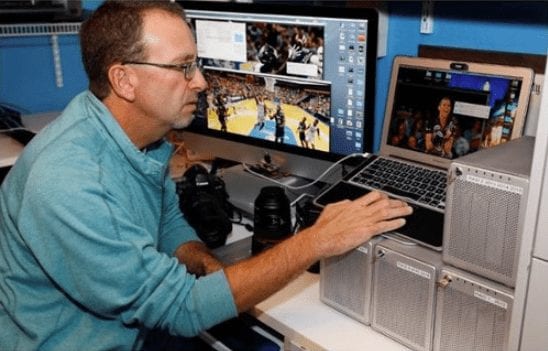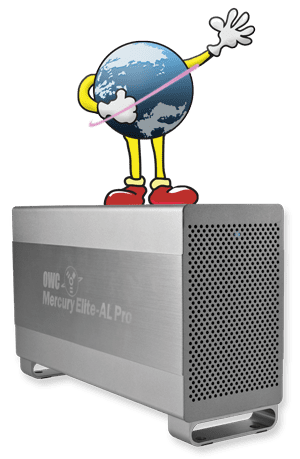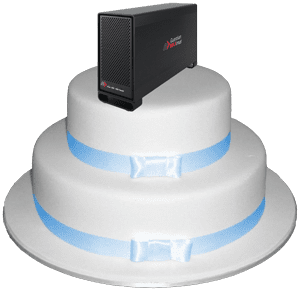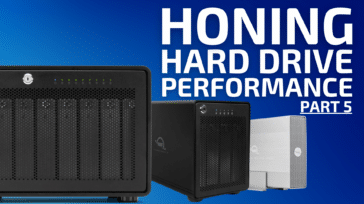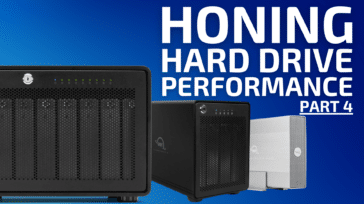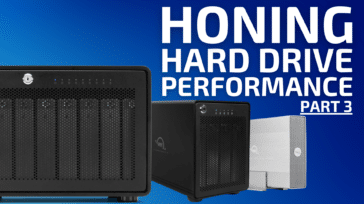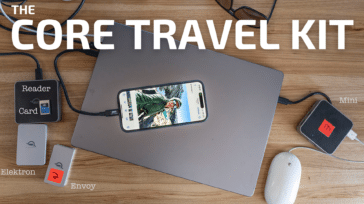
Accustomed to capturing the adrenaline rush of NASCAR and the IndyCar Series with his camera, Gregg Ellman thought shooting the 16-month renovation of Dallas’ 561-foot Reunion Tower would be a proverbial walk in the park.
But the project owners wanted more than just documentation photos of the renovation of Reunion Tower, which had originally opened to visitors in 1978 and is known locally as “The Ball.” They wanted to take advantage of Gregg’s unique blend of photojournalism and his ability to make even routine work in the race garages and crew pits feel exciting.
Because of his nearly 30 years of newspaper, sports and corporate photography experience, they also determined he was the best person to provide all of the imagery for the Tower’s interactive tourism system.
Well before taking his first shot, Gregg developed a long-term shoot schedule that meshed with the construction crew’s schedule. He also bought a fresh 2TB OWC Mercury On-The-Go drive and set up several project folders on his 20TB Mercury Elite Pro Qx2 RAID.
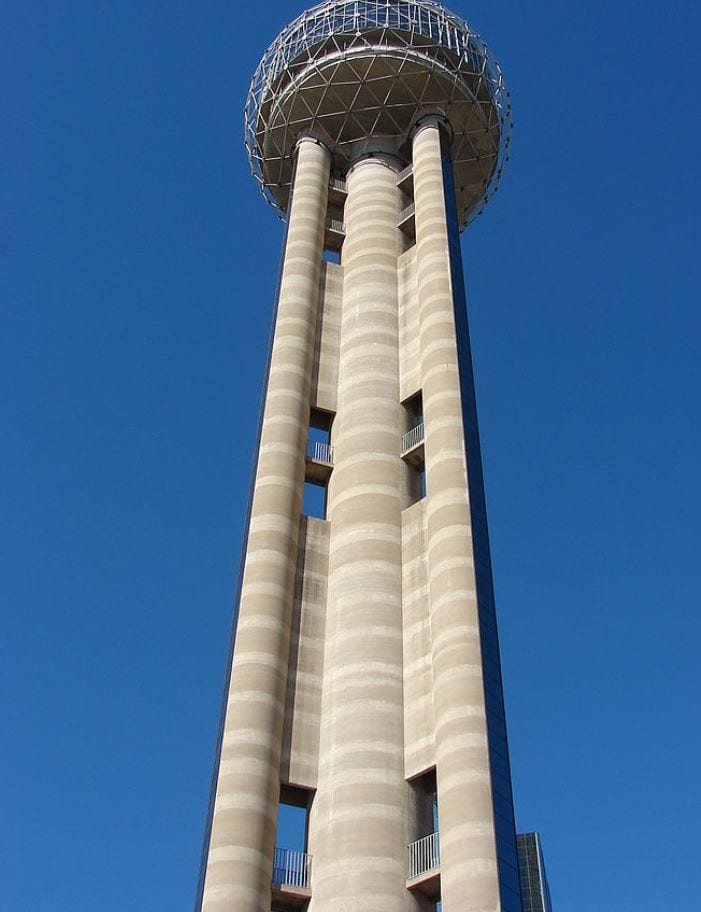 “For a long-term project like this, I wanted an external drive that had never been written to so after every shoot I could download the RAW photos to my MacBook Pro, back them up and have three copies – computer and On-The-Gos – before I left the site. You can never be too paranoid,” he explained.
“For a long-term project like this, I wanted an external drive that had never been written to so after every shoot I could download the RAW photos to my MacBook Pro, back them up and have three copies – computer and On-The-Gos – before I left the site. You can never be too paranoid,” he explained.
For added protection, he also moved the files to his workflow production storage and backed that up.
These days, he has three Canon 1DX Mark IIs in tow and lenses ranging from 14mm up to a 400 2.8. Gregg uses Hoodman CF and CFast memory cards to record his images on to before sending them to his OWC drives.
In between his scheduled shoots of the Reunion renovation, Gregg juggled his photo contract activities for corporate photography, college sports and pro bowling as well as the NASCAR and the Indy circuit.
“Auto racing coverage may seem to be glamorous,” he commented, “but that sexy part wears off quickly when you focus on visually telling the story of the race. Working all aspects of the racetrack, gives you the challenge of telling the full story of racing preparation, attention to detail, teamwork and testing the limits of the drivers/machines.”
By being an extension of the racing professional team rather than a wide-eyed spectator, he is able to gain access to the drivers, garages, pit row and almost all of the behind-the-scene activities.
His thoughtful approach has resulted in hundreds of memorable images over the years from around the racing circuit, all safely stored on his OWC storage devices. It has also meant he has racked up millions of air miles to capture the action around the country.
When he was on the road; his wife, a wedding and events photographer, kept Gregg current on the renovation/shoot schedule.
 As the project neared completion, the Reunion Towers management asked Gregg to deliver a panoramic photo view of Dallas from the roof of the 561-foot structure for placement in the interactive visitor system in time for the Balls 35th anniversary grand reopening.
As the project neared completion, the Reunion Towers management asked Gregg to deliver a panoramic photo view of Dallas from the roof of the 561-foot structure for placement in the interactive visitor system in time for the Balls 35th anniversary grand reopening.
At the time, 360-degree cameras didn’t exist so he was armed with his favorite Canon cameras, which he had come to rely on during his 30-year career.
The steel bracket for the shoot attached to the buildings window washing system. After producing and testing more than a dozen units, with the help of a welder from the Fort Worth Fire Department, Gregg was able to deliver a solution that would protect the cameras, withstand the extremely windy conditions at the top of the open framed ball and guarantee nothing would fall to the ground.
Fortunately, Gregg was under the watchful eyes of Robert Burn, a Fort Worth firefighter who assisted in the shoots and used his experience to ensure Gregg was safe hanging out over the edge of the globe. Both men wore harnesses while Gregg spent more than two hours shooting dozens of panoramic shots over the Dallas skyline on each shoot.
With the photos stitched into a smooth 360-degree view of Dallas, the photo (below) is a favorite of Dallas Reunion Tower visitors and people from around the world.

Gregg continues to work on many projects including contracts for NCAA College sports. This includes game coverage from tennis, basketball, baseball, softball and golf. Images are sent to the sports department for website slide shows, which have to be posted before the games end. After the games are over and the images are edited, they load everything to online galleries and then store the images on OWC Mercury Elite Pro Qx2 RAID systems.
“Without OWC’s products and service, I couldn’t even imagine how I could ensure my photos were safe in the field, archived in my office digital library and readily available when clients request them,” he concluded. “Actually, I’m not certain how I could run my photographic business without fast, reliable storage.”
